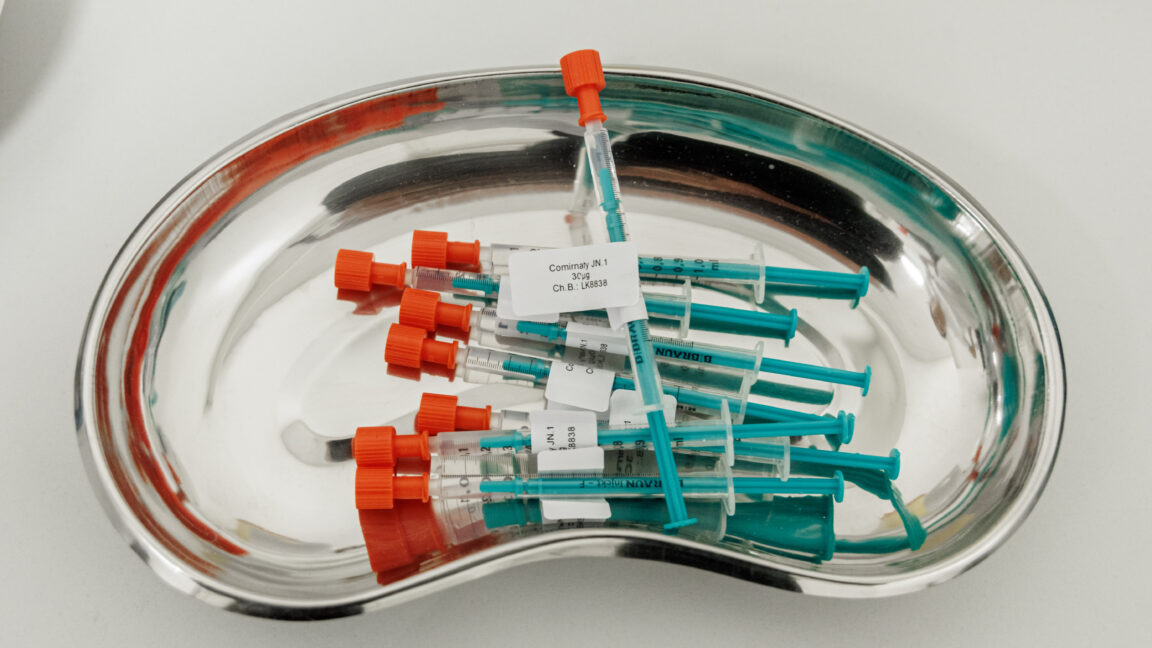
This article was originally published on ARS Techica - Science. You can read the original article HERE

Slippery slope
In the hearing, board member Jennifer Riebe (who voted to keep COVID-19 vaccinations available) worried about the potential of a slippery slope.
“My concern with this is the process because if this board and six county commissioners and one physician is going to make determinations on every single vaccine and pharmaceutical that we administer, I'm not comfortable with that," she said, according to Boise State Public Radio. "It may be COVID now, maybe we'll go down the same road with the measles vaccine or the shingles vaccine coverage."
Board Chair Kelly Aberasturi, who also voted to keep the vaccines, argued that it should be a choice by individuals and their doctors, who sometimes refer their patients to the district for COVID shots. "So now, you're telling me that I have the right to override that doctor? Because I know more than he does?" Aberasturi said.
"It has to do with the right of the individual to make that decision on their own. Not for me to dictate to them what they will do. Sorry, but this pisses me off," he added.
According to Boise State Public Radio, the district had already received 50 COVID-19 vaccines at the time of the vote, which were slated to go to residents of a skilled nursing facility.
The situation in the southwest district may not be surprising given the state's overall standing on vaccination: Idaho has the lowest kindergarten vaccination rates in the country, with coverage of key vaccinations sitting at around 79 percent to 80 percent, according to a recent analysis by the Centers for Disease Control and Prevention. The coverage is far lower than the 95 percent target set by health experts. That's the level that would block vaccine-preventable diseases from readily spreading through a population. The target is out of reach for Idaho as a whole, which also has the highest vaccination exemption rate in the country, at 14.3 percent. Even if the state managed to vaccinate all non-exempt children, the coverage rate would only reach 85.7 percent, missing the 95 percent target by nearly 10 percentage points.
This article was originally published by ARS Techica - Science. We only curate news from sources that align with the core values of our intended conservative audience. If you like the news you read here we encourage you to utilize the original sources for even more great news and opinions you can trust!










Comments